The company’s prototype is a smaller version of the nuclear reactor it’s hoping to send to the Moon by 2029.
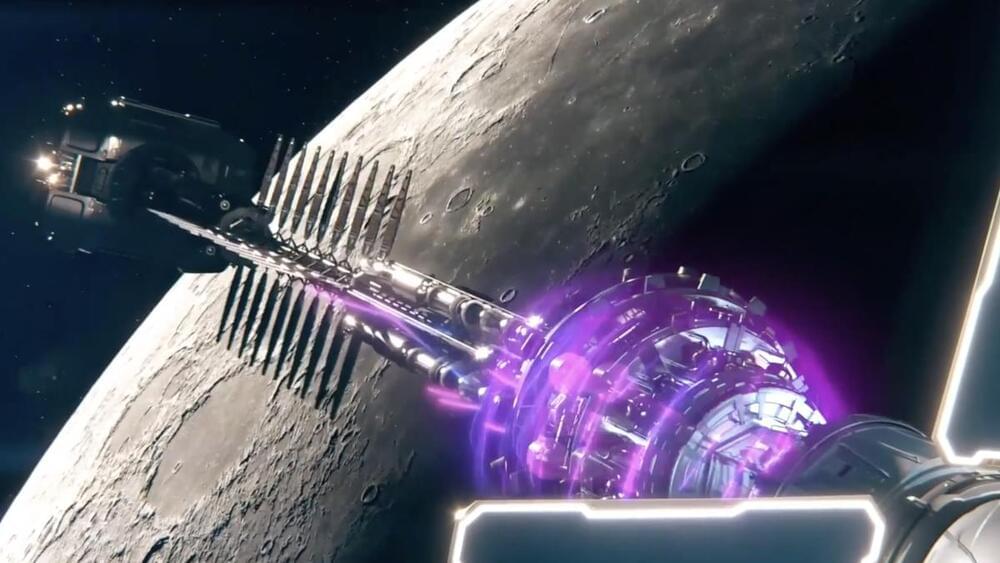

My God it’s full of stars.
2010: Odyssey Two — The Year We Make Contact. (Contains Spoilers)
The Forgotten Sequel.
Starring: Roy Scheider.
A joint U.S.-Soviet expedition is sent to Jupiter to learn what happened to the Discovery, and H.A.L.
I don’t know why I wanted to make this.
I find this a forgotten sequel, or people avoid it thinking it was a bad sequel. I find it very fine even if nothing can reach 2001.
Music:
Are we dabbling in dangerous waters by advancing artificial intelligence? As we continue to push the boundaries of technology and artificial intelligence, it’s important to consider the potential consequences. In this video, we’ll explore the dangers of conscious AI as seen through the lens of Musk’s warnings and proposed solutions. In today’s video we look at Elon Musk on the Dangers of Artificial Intelligence…Keep watching to see artificial intelligence and elon musk artificial intelligence and of course elon musk on artificial intelligence and the steep dangers of artificial intelligence and to be aware of artificial intelligence and elon musk on AI and the dangers of artificial intelligence and artificial intelligence is dangerous and of course artificial general intelligence and artificial intelligence documentary and the artificial intelligence danger and sophia the robot artificial intelligence and the future of artificial intelligence Subscribe for Artificial Intelligence, Data Science, and Tech. Inspired by Tech Vision, Moconomy, and Digital Engine. Inspired by Experts say she will end humanity. Here’s the fix, with Elon Musk, ChatGPT, AI robots. Inspired by Japanese Killer Robots Murder 29 Scientists | Elon Musk Warned Us About ThisInspired by Elon Musk Released Terrifying Details About The Tesla AI BotInspired by Elon Musk’s Last Warning About Artificial IntelligenceInspired by “I Tried To Warn You” — Elon Musk LAST WARNING (2023)Also check out: https://youtu.be/ywST4J656kQOn Technology Titan we will go through Artificial Intelligence, Crypto, and Technology. Stay tuned for the latest AI, SpaceX, and Cyber Security. Click here to subscribe: bit.ly/3WvpXbT
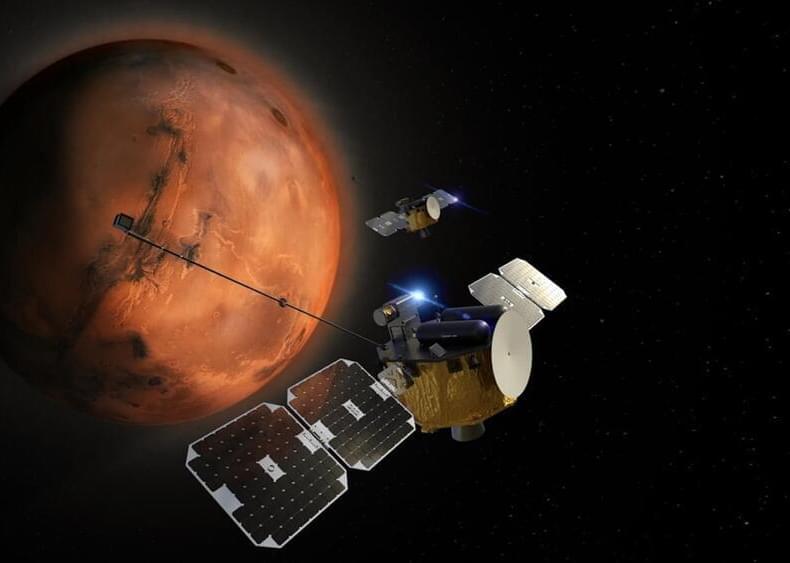
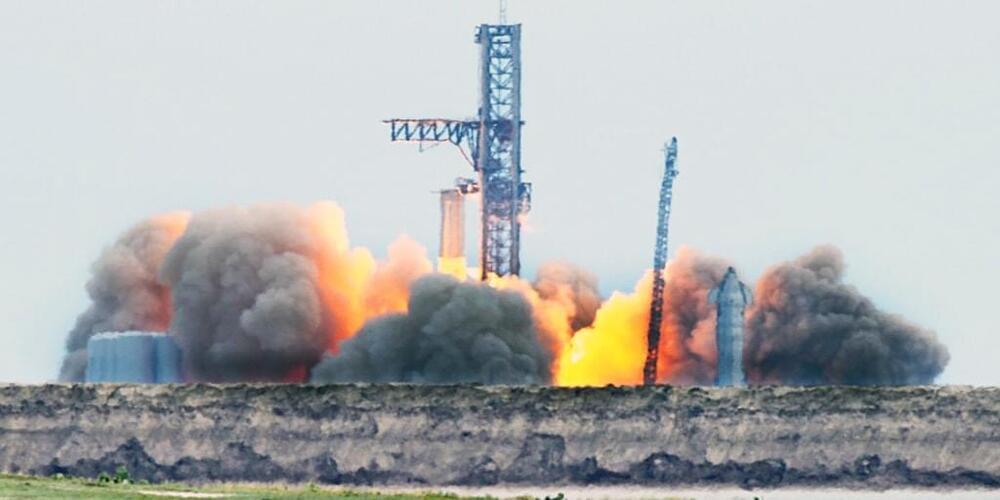
SpaceX is a big step closer to sending its giant Starship spacecraft into orbit, completing an engine-firing test at the launch pad on Thursday.
Thirty-one of the 33 first-stage booster engines ignited simultaneously for about 10 seconds in south Texas. The team turned off one engine before sending the firing command and another engine shut down — “but still enough engines to reach orbit!” tweeted SpaceX’s Elon Musk.
Musk estimates Starship’s first orbital test flight could occur as soon as March, if the test analyses and remaining preparations go well.
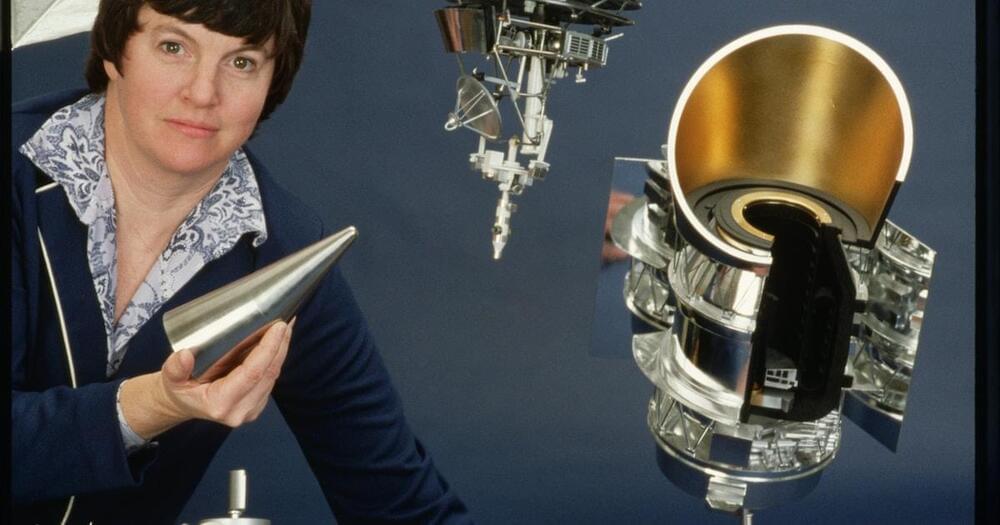
Researchers at Kyoto University have joined forces with contractor Kajima Corp. to develop gravity-defying habitats required for use on the Moon and Mars, complete with their own transportation system.
The researcher’s ambitious idea also comes with a space train that is set to function like trains on Earth while at the same time generating artificial gravity.
#SpaceHabitat #Space #Gravity #SpaceTravel #SpaceTrain
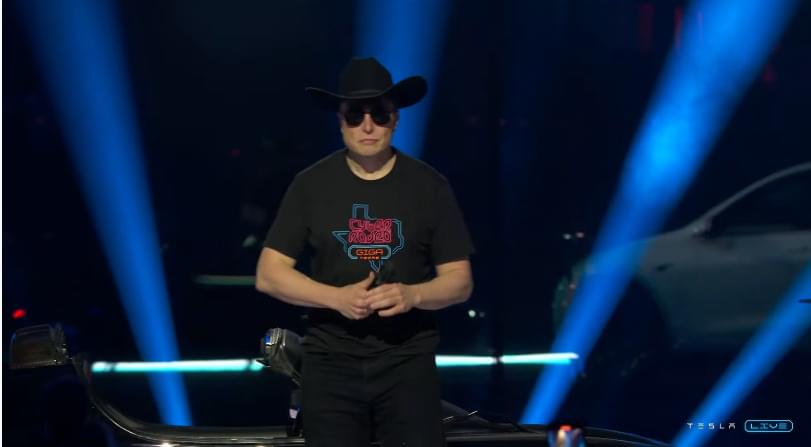
Tesla CEO Elon Musk tweeted Wednesday that he will present the long-awaited and often teased Master Plan 3 during the company’s investor day March 1.
Tesla’s investor day will be held at the company’s Gigafactory Texas located near Austin. The event will be live streamed. Some of the company’s institutional and retail investors will be invited to attend in person, according to the company. Investors will be able to see its production line and discuss topics like the company’s long-term expansion plans, generation 3 platform and capital allocation with its leadership team, according to the company.
Musk first hinted about the Master Plan 3 last March with vague goals to scale operations at Tesla to “extreme size.” He also leaned into themes like AI and noted that this next stage in the plan would include his other companies SpaceX and The Boring Company. Later in the year, Musk revealed more details about his Master Plan part three. Per a companywide meeting, the plan’s raison d’etre is: “How do you get to enough scale to actually shift the entire energy infrastructure of earth?”
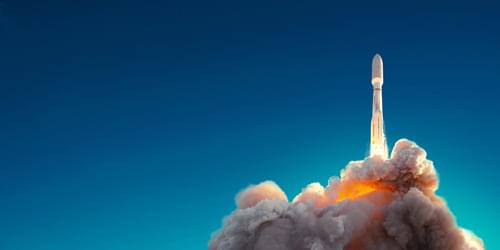
Claudiu Stan of Rutgers University—Newark, New Jersey, and his colleagues were watching moving drops of supercooled water spontaneously freeze when they noticed something unexpected: drops kept suddenly disappearing. Initially they thought that the lost drops had shattered as they froze. But, on closer inspection, they found that the icy drops were still there, they had just moved out of view. The team has now developed a quantitative model for this behavior, attributing it to a rocket-like propulsion mechanism induced by the freezing process [1]. Stan says that the finding could inspire scientists to design self-propelled systems powered by such phase transitions.
The team’s results add to a growing body of work on self-propelled drops. The mechanisms behind such motion vary wildly, but Stan notes that they all involve symmetry breaking. For the freezing drops, this symmetry breaking arises when the ice nucleation starts off-center. When ice nucleates, the change in structure releases latent heat, causing the local evaporation rate to suddenly increase, and if the nucleation is off-center, this enhanced evaporation occurs unevenly over the drop’s surface. Like a rocket ejecting a propellant heated by a chemical reaction, this asymmetrical evaporation increases the drop’s momentum, with the team’s model predicting peak velocities of nearly 1 m/s.
Stan says that this propulsion mechanism has a unique feature that could make it attractive for applications: unlike most self-propelled particles, it requires no surfaces and no surrounding fluid (the experiments were done under vacuum). But, for him, the findings have another bonus: “I am a fan of space exploration, so it was exciting to realize that [we could] draw an analogy between these tiny droplets and rockets,” he says.
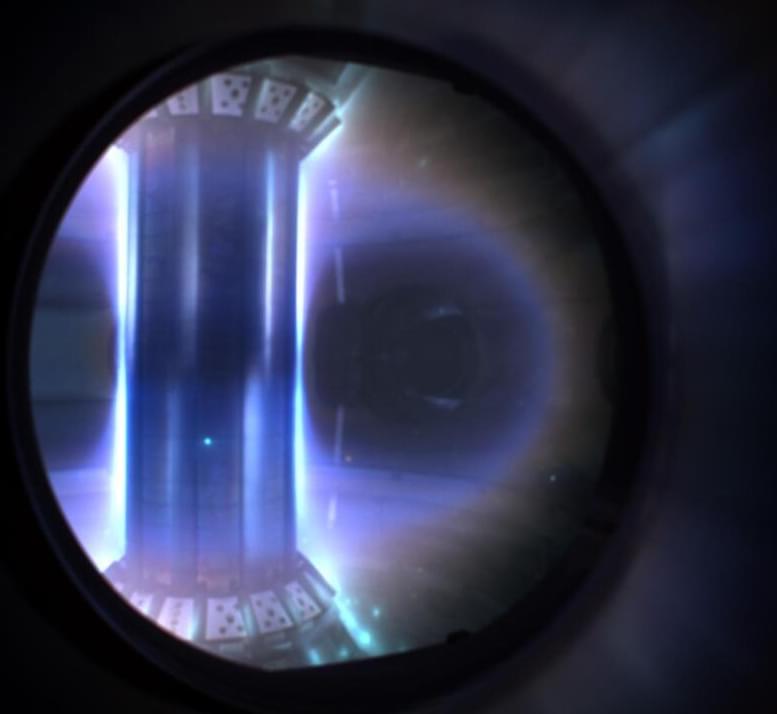
What does the inside of a nuclear fusion reactor look like?
“It looks like the future,” Stuart White, head of communications at Tokamak Energy, told Newsweek. “A spaceship. It’s extremely striking, powerful and exciting. You can’t take your eyes off it.”
Nuclear fusion is a technology that creates energy in the same way as the sun: it occurs when two atoms are thrust together with such force that they combine into a single, larger atom and release huge amounts of energy in the process.